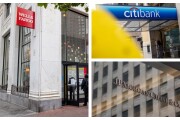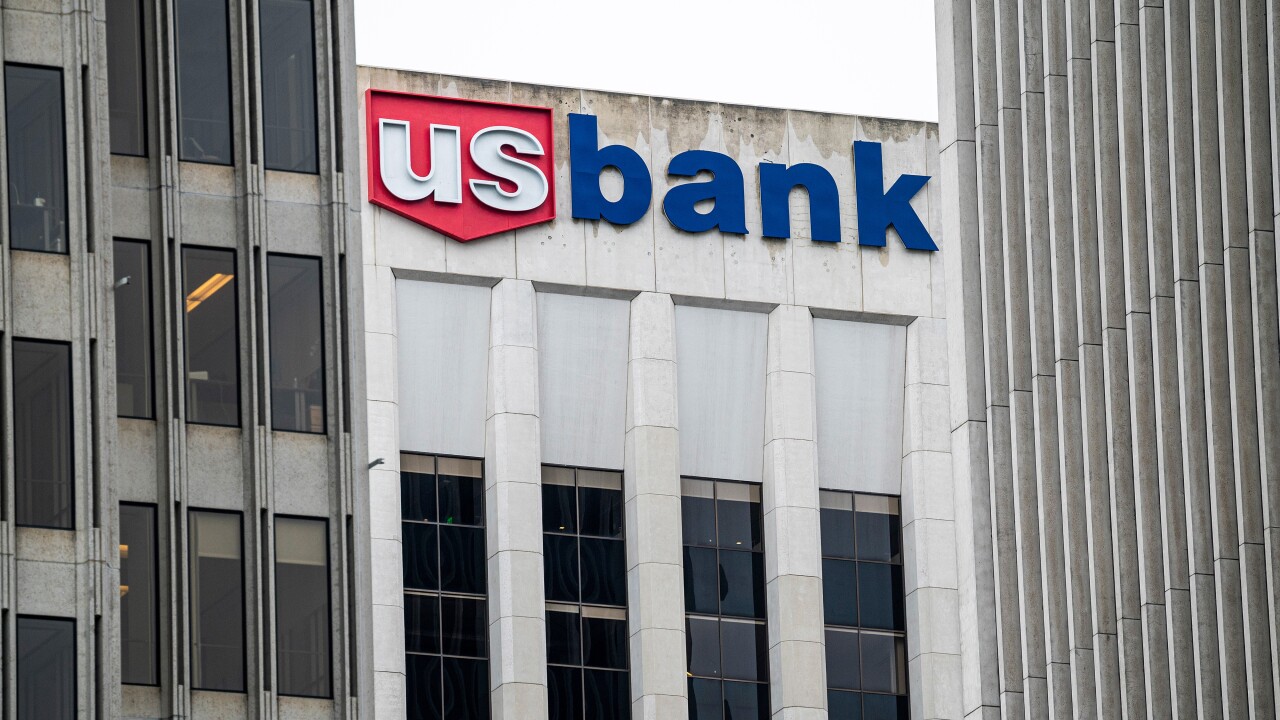A dirty little secret in a $1.2 trillion world of credit is getting exposed as the Wall Street rout deepens: Private debt is now the cheaper financing option for big-ticket leveraged borrowers than the ailing public market — upending industry norms.
As banks get pummeled by risk aversion and sinking asset values, direct lenders are lavishing risky companies and private-equity firms with capital at rates below what’s available in the volatility-lashed high yield and syndicated loan market.
These asset managers are so desperate to unleash all the billions amassed in the low-yield era that they’re increasingly putting up with lower returns than their risk-averse peers in other parts of the credit world are willing to stomach. As traditional lenders beat a retreat, the bonanza is helping power leveraged buyouts with deals including The Access Group, Davies Group, Ivirma Group and Zendesk.

“We have seen a few cases in which private credit firms swooped in and participated heavily in deals that otherwise would have been distributed — or even were in the process of being distributed — solely to the public markets at the same contractual terms and even tighter pricing than the syndicated markets were willing to provide,” said Scott Macklin, director of leveraged loans at AllianceBernstein.
With the Federal Reserve rushing to tighten policy in a bid to tame inflation at four-decade highs, the average yield on U.S. junk bonds has roughly doubled this year in an historic selloff as the primary market has been all but frozen. While unsecured debt for the riskiest part of LBOs can come with double-digit yields, sponsors have been able tap into the private-lending boom to secure all-in yields below 9%.
Likewise in Europe, premiums for direct loans remain low and have defied the broader repricing in global markets, according to four of the region’s biggest private credit providers and advisors, who declined to be identified because they weren’t authorized to speak publicly.
All this is potentially bad news for private investors who were promised higher returns than bank loans offer, in exchange for tying up capital for as long as 10 years — known as the illiquidity premium.
Shadow lenders include the likes of Blackstone, Apollo Global Management, Blue Owl Capital and HPS Investment Partners. Industry players say they are making good on its promise to provide financing in volatile economic climates, at rates that are both affordable for borrowers and attractive for its investors. In this view, premiums in the public market look dislocated relative to fundamentals, with strong issuers getting punished by an indiscriminate selloff.
Meanwhile banks are struggling to sell the buyout debt on their books — and they’re charging so much for new deals that they are effectively undercutting new business opportunities. Just this week Walgreens Boots Alliance
In their zeal to win market share over the long haul — something investment bankers may struggle to win back — private lenders have been willing to undercut traditional players.
While AllianceBernstein last year touted a more than 3% premium over the public market for mid-market private lending, increased competition between direct lenders saw that dwindle to an estimated 1.7% in March 2022, according to the U.S.-focused Cliffwater Direct Lending Index.
Since then, high-yield bond financing has hit an implied cost of around 9% in the U.S. and 8.7% in Europe, per Bloomberg gauges measuring the cost of new single B rated debt. At the same time, U.S. leveraged loans are now yielding around 8.8% in the secondary market, according to a JP Morgan index tracking single B loans.
“For the best credits, we have seen pricing as low as 5%, where people are killing themselves to get this deal done,” said Norbert Schmitz, a managing director in Houlihan Lokey’s debt advisory practice. “For the normal deals, you may see 650 or 675 basis points.”
Pricing on so-called unitranche loans — a blend of senior and subordinated debt and a structure beloved by nonbanks — is typically in the region of 575 to 650 basis points over the interbank rate. That has not budged much even as broader credit markets are roiled by recession fears.
At 5% or even anywhere under 7%, direct lenders are also undercutting the floating-rate syndicated loan market. Recent public loan deals done include Kofax, which priced at a yield of 8.2% while Gaming1’s 300 million euro ($316 million) term loan B is seen with a 7.4% yield, according to Bloomberg calculations.
By contrast, Europe’s largest-ever direct lending deal for The Access Group, a U.K. software business, saw lenders charge a floating-rate margin of just 575 basis points for the 3.5 billion pound ($4.3 billion) financing, according to people familiar with the transaction.
Comparisons with the junk bond market are far from perfect of course, given private deals tend to come with floating-rate obligations and with typically stronger lender protections. The financing for Norgine BV
Yet for all that, evidence keeps piling up that the private market is offering big firms a competitive capital-raising solution. In Europe for example, the junk bonds backing Lone Star Funds’ acquisition of Manuchar NV were sold at the largest discount for investors in a decade.
By contrast, when BC Partners-controlled Davies Group tapped its direct lender for an extra 350 million pound ($426 million) of debt on top of its outstanding unitranche loan, the insurance services firm managed to secure tighter pricing, according to a person close to the transaction, who declined to be identified because the details are private.
To Daniel Lamy, JPMorgan Chase’s head of European credit strategy, this dynamic can’t continue as the monetary backdrop darkens.
“Private credit funds will readjust the level at which they are willing to do deals,” he said. “Pricing in that market was slower to react to the changing macro environment, and we don’t think it’s sustainable for private creditors to lend inside public market levels.”






